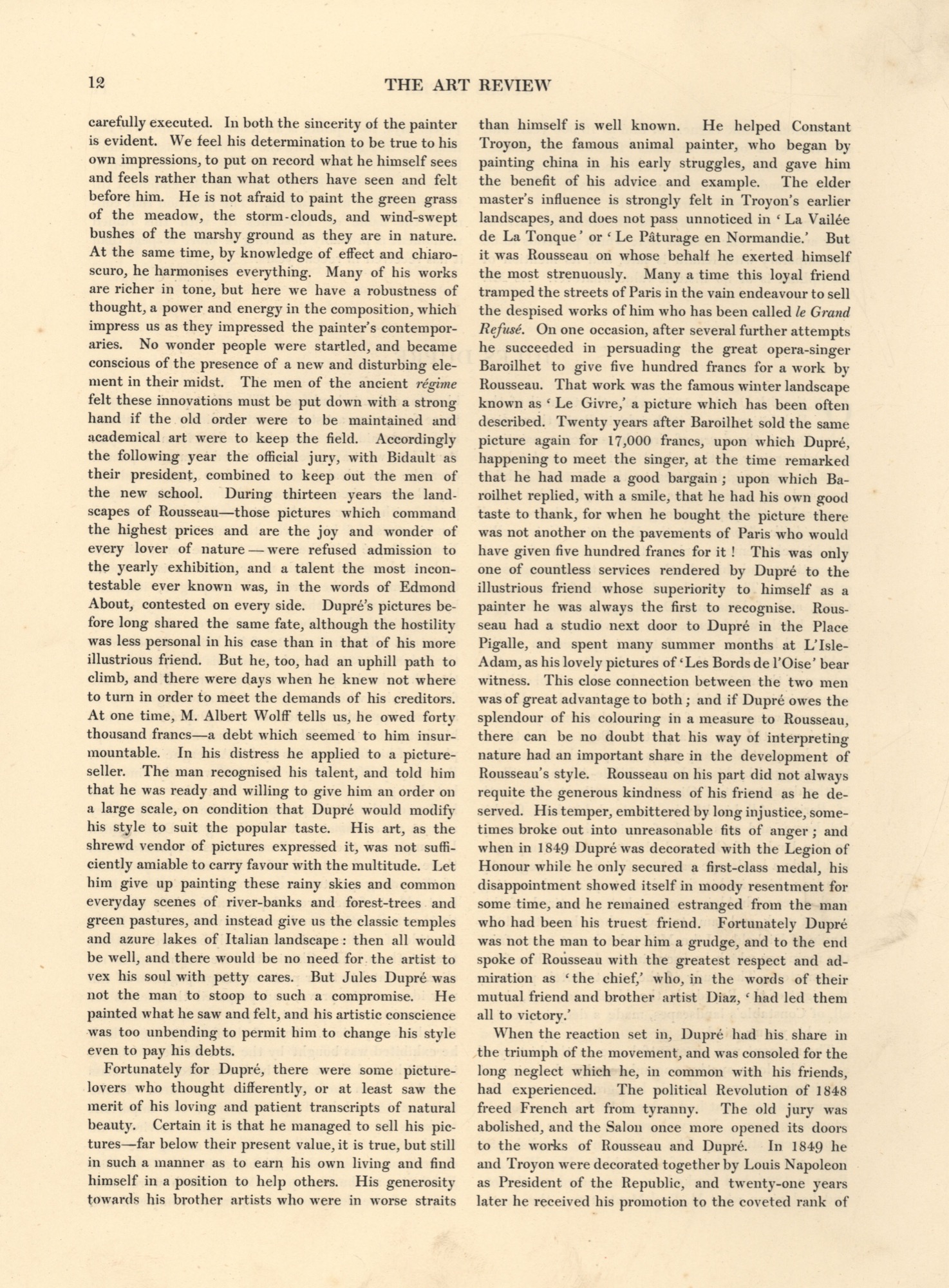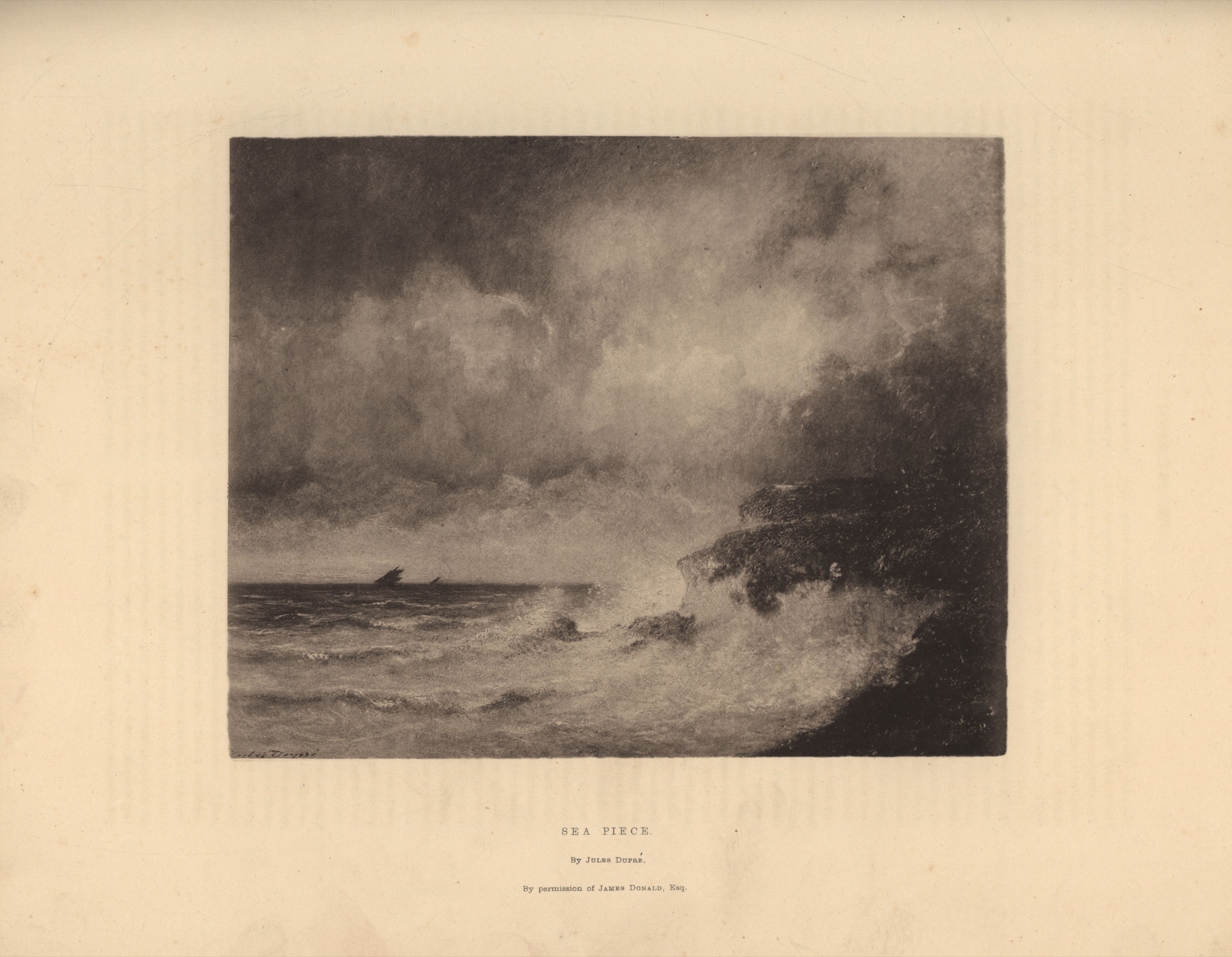1 of
You are browsing the full text of the article: Jules Dupré
Click here to go back to the list of articles for
Issue:
Volume: 1 of The Art Review
| The Art Review Volume 1 Issue: 1 January 1890 Page: 11 | |||||||||||||||||||||||||||||
| Jules Dupré By Julia M. Ady | |||||||||||||||||||||||||||||
|

|
|
|||||||||||||||||||||||||||
| The Art Review Volume 1 Issue: 1 January 1890 Page: 12 | ||||||||||||||||||||||||||
| Jules Dupré By Julia M. Ady | ||||||||||||||||||||||||||
|

|
|
||||||||||||||||||||||||
| The Art Review Volume 1 Issue: 1 January 1890 Page: - | ||||||||||||||||||||||||
| Jules Dupré By Julia M. Ady | ||||||||||||||||||||||||
|

|
|||||||||||||||||||||||
| The Art Review Volume 1 Issue: 1 January 1890 Page: 13 | ||||||||||||||||||||||||||
| Jules Dupré By Julia M. Ady | ||||||||||||||||||||||||||
|

|
|
||||||||||||||||||||||||



